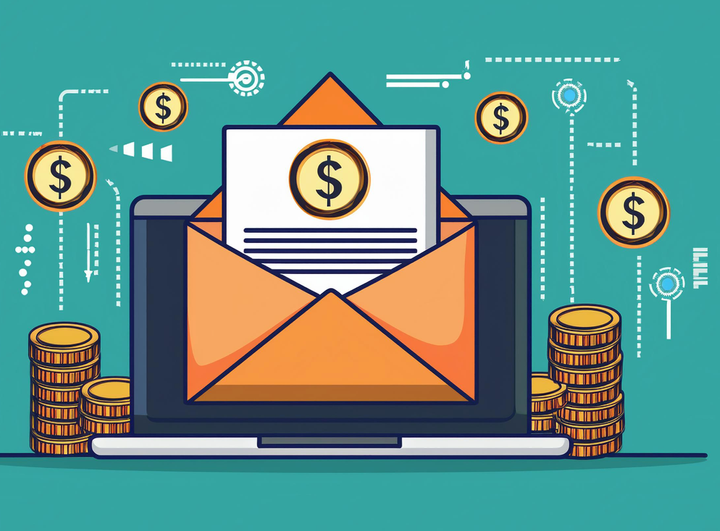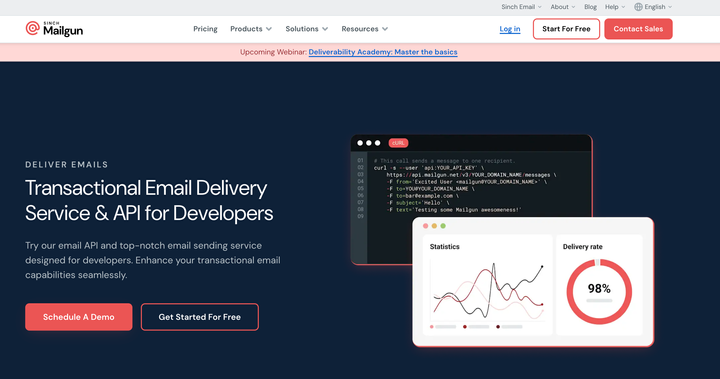The Top 10 Psychological Triggers That Lead to Email Engagement
Despite the best strategies, email marketing may not always deliver the expected results. By aligning email marketing tactics with client’s interests, behaviors, and psychology, a business can significantly alter its success.

Despite the best strategies, email marketing may not always deliver the expected results. By aligning email marketing tactics with client’s interests, behaviors, and psychology, a business can significantly alter its success. Paired with a reliable SMTP email service provider like Maileroo, these principles form the bedrock of successful, customer-centric email campaigns.

B2B email marketing persists as a solid tool for businesses aiming to establish meaningful engagement with potential clients.
And as a business owner, you might have brainstormed with the marketing team, meticulously crafted the strategy, and conducted market research to attract them.
Yet, despite your best efforts, the email marketing hasn't garnered the anticipated success.
The key, it seems, does not lie in the amount of money spent on ads but rather in psychology.
Tailoring your email marketing tactics to align with your clients’ interests, behaviours, and psychology can be a game-changer.
Well, there are ten ways to incorporate emotional triggers into marketing campaigns to attract and maintain your subscriber’s engagement.
In the following sections, we delve into each emotion and discuss optimal strategies for email engagement.
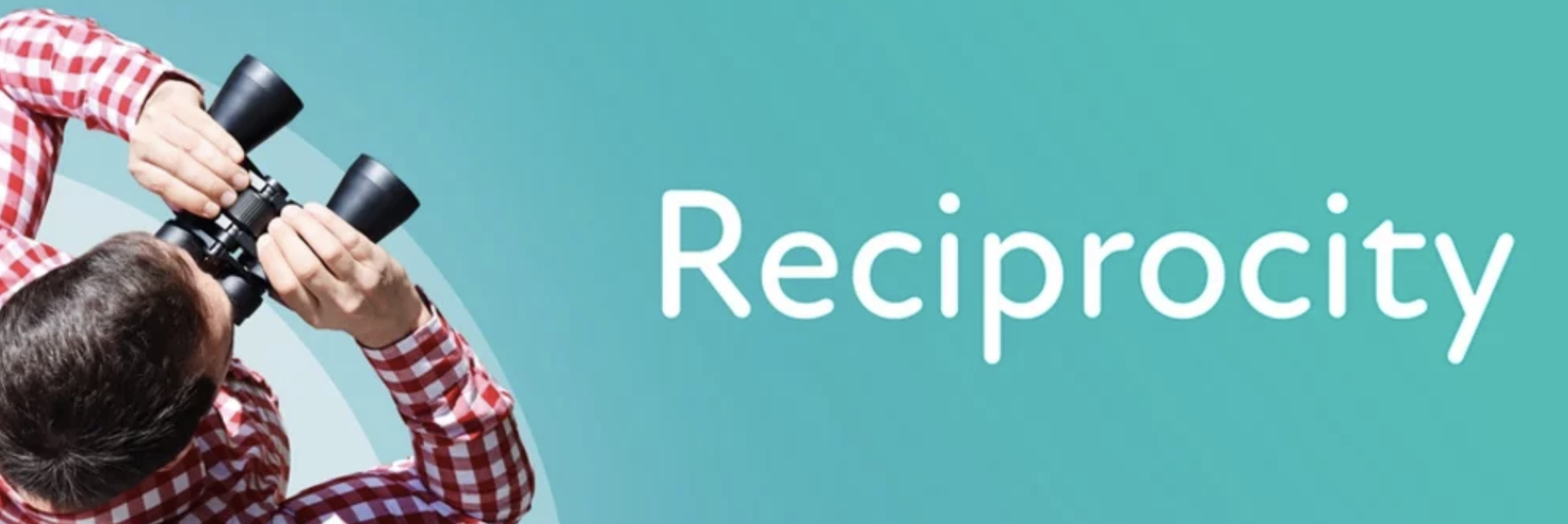
1. The Reciprocity (receiving what you give)
From the word reciprocate, it is the act of offering value in return. This is a simple yet effective psychological trigger.
This also drives clients’ interest in the brand, as they also become eager to engage when they see its value.
One such strategy, for example, involves offering free content to potential clients. This can take the form of e-books, blog posts, or social media videos that address pain points, provide useful tips and guides, or simply entertain.
Another approach that falls under the reciprocity effect is the surprise-and-delight approach. In this strategy, clients are not explicitly told what they will receive for free. Rather, they will only discover the bonus upon receiving the product.

2. The Curious (everyone wants to know that something)
Curiosity is a powerful tool for driving email clicks.
This is what others called “The Information Gap theory.” It posits that when there’s a gap in someone’s knowledge about a particular topic , they become curious to fill in the gap. This curiosity then piques their interest and engagement.
One particular example of this is your subject headline. For instance, a subject line that reads, “We normally don’t do this.” This stirs intrigue and, hence, increases the probability of the recipient opening the email to find out more.
However, it’s important to strike a balance between curiosity and clarity. While curiosity might prompt the recipient to open the email, clarity ensures clients understand what’s being offered inside the email.
You may need to double-check everything for a subject line that’s too ambiguous or irrelevant to the email content, which can lead to disappointment. This can also potentially damage trust.
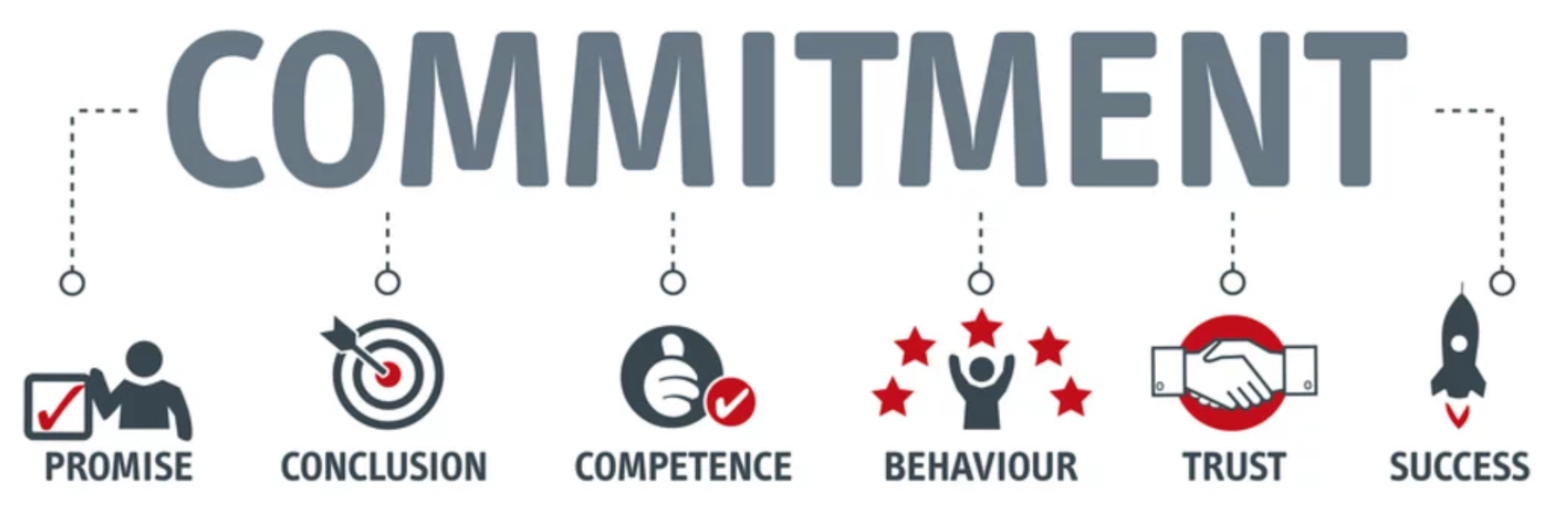
3. The Commitment and Consistency (reward loyal customers as much as you court potential customers)
One key aspect of customer engagement and retention is rewarding or re-courting loyal customers. This can be achieved through commitment and consistency.
It’s inevitable that sometimes prospects take more time to make a purchase.
During this period, it is essential to ensure awareness. You can start by incentivizing rewards for signing up for regular communications. This also works with the clients who have already subscribed to you—the loyal ones.
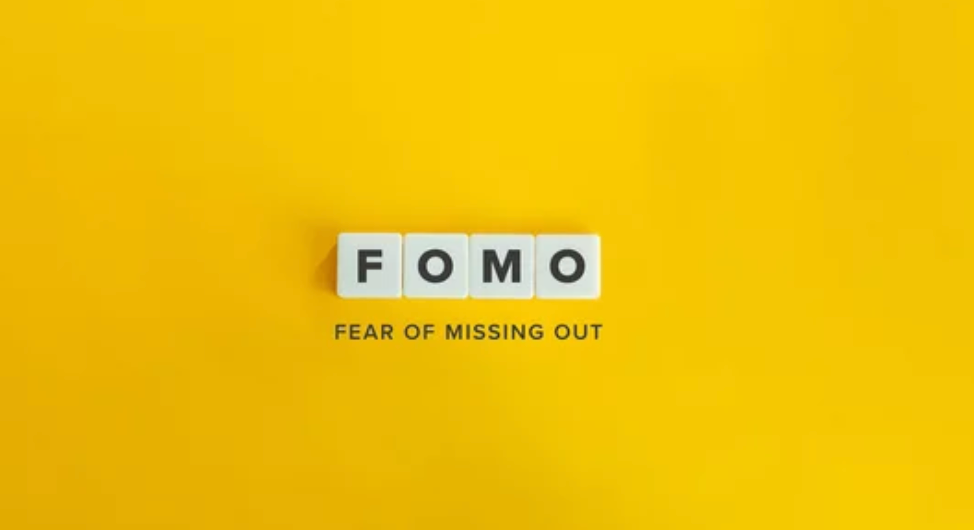
4. The Scarcity (FOMO and urgency)
FOMO, or fear of missing out, is not another lingo but rather driven primarily by the scarcity effect.
Simply put, people tend to assign greater value to opportunities that are rare or limited. This sense of urgency can drive immediate action, prompting prospects to seize the opportunity before it's gone.
However, it is crucial to provide your audience with all necessary information to act decisively and in the manner the business intends. It's important to use this tactic judiciously to avoid overuse or potential mistrust.

5. The Choice (less is more)
The paradox of choice is a psychological principle that suggests an overabundance of options can impede decision-making.
This principle can apply to email marketing by suggesting that you limit the number of choices you present to your subscribers. By presenting a few, there will be a more focused option in the email campaigns, making it easier for clients to make a decision. By limiting options, you can streamline customer decisions, reduce confusion, and improve overall engagement with your emails.

6. The Proof (everybody wants evidence)
Social proof is a psychological tool that capitalises on the human tendency to rely on others’ opinions and experiences when making decisions. This can be particularly effective when your strategy is to feature testimonials from satisfied customers or showcase positive reviews in email newsletters.
Remember, in a world inundated with choices, people often appreciate guidance on what to choose, and social proof serves just that purpose.

7. The Authority (bias)
In the vast arena of consumer psychology, the halo effect makes its mark as a powerful influence.
By using prior favourable impressions of a person, business, brand, or product, one can influence people's opinions and feelings in a positive way. Evaluators who have previously made assessments of performance or personality are primarily responsible for this phenomenon.
Harnessing this effect in your email marketing involves associating your brand with an entity that people admire, aspire to be like, or that sparks an influential and positive reaction. By strategically doing so, you manage to establish a level of authority for your brand.
It basically means that the voice that speaks with confidence and authority often gets heard the loudest.

8. The Framing (of words!)
Framing refers to the manner in which information is presented, and it holds the power to significantly influence how your reader perceives and responds to that information.
Consider the scenario of a sugar content described as being "90% less sugar" versus "20% sugar content.". The latter description, despite representing the same statistic, is likely to inspire more confidence and thus result in more sales—such is the power of positive framing.
By doing so, you can steer your reader's perception in a direction that's advantageous to your brand, ultimately boosting engagement and conversions.
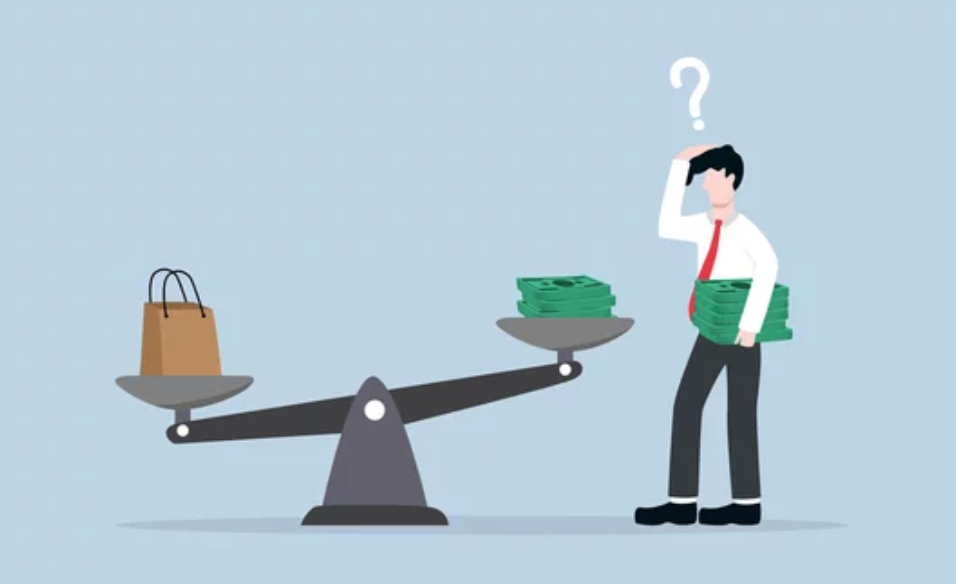
9. The Anchor (value over cost)
Anchoring perception is a psychological principle that implies that individuals heavily depend on the initial piece of information they encounter when making decisions.
When introducing your offering, the idea is to present it in a way that it appears notably less expensive compared to the initial price information the reader perceived.
For example, if you were to introduce a service with a cost of $100, presenting a similar service afterwards at a price of $80 makes the latter appear significantly more affordable. The reader's perception of cost is "anchored" to the first, more expensive service. Consequently, the cost of the subsequent service is perceived as a wonderful bargain, even though it might still be priced higher than what the market offers.
However, it's important to use this technique judiciously and transparently. This is to avoid risking your brand's reputation.
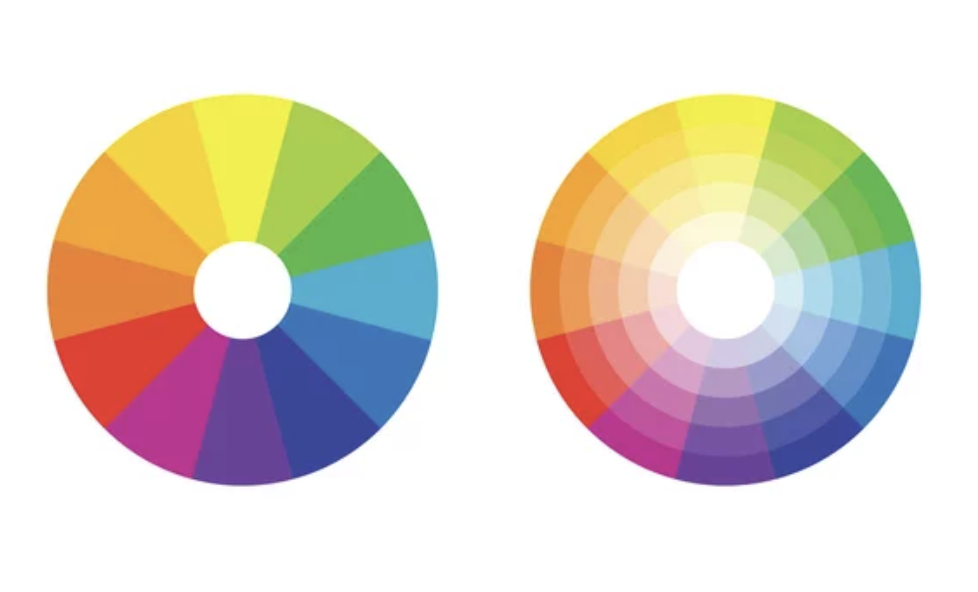
10. The Colour (beyond the colour wheels)
This idea might be simple, but it is oftentimes neglected.
Colour is a powerful psychological tool that can significantly influence our decisions and perceptions.
The colours used in your email designs should be chosen wisely, as they can evoke different emotions and reactions among your readers. For instance, the colour blue can invoke feelings of trust and security, while red can generate excitement.
Consider employing a variety of colours rather than sticking to a single hue. A thoughtful and strategic use of colour can help make your emails more engaging and effective, enhancing the overall impact of your email marketing efforts.
Wrap Up
Understanding the psychology of email engagement is a powerful tool, but it only forms part of the equation for successful email marketing.
Your campaigns can truly flourish when executed correctly and sent to the right recipients.
That’s where an SMTP email service provider like Maileroo comes into play.
Maileroo ensures your carefully crafted, psychologically informed emails reach the right inboxes, thereby multiplying the impact of your efforts.
This partnership of sound psychological understanding and reliable email delivery forms the backbone of highly effective, customer-centric email campaigns.
Remember, successful email marketing is not just about knowing your customers; it's about reaching them correctly and effectively too.



